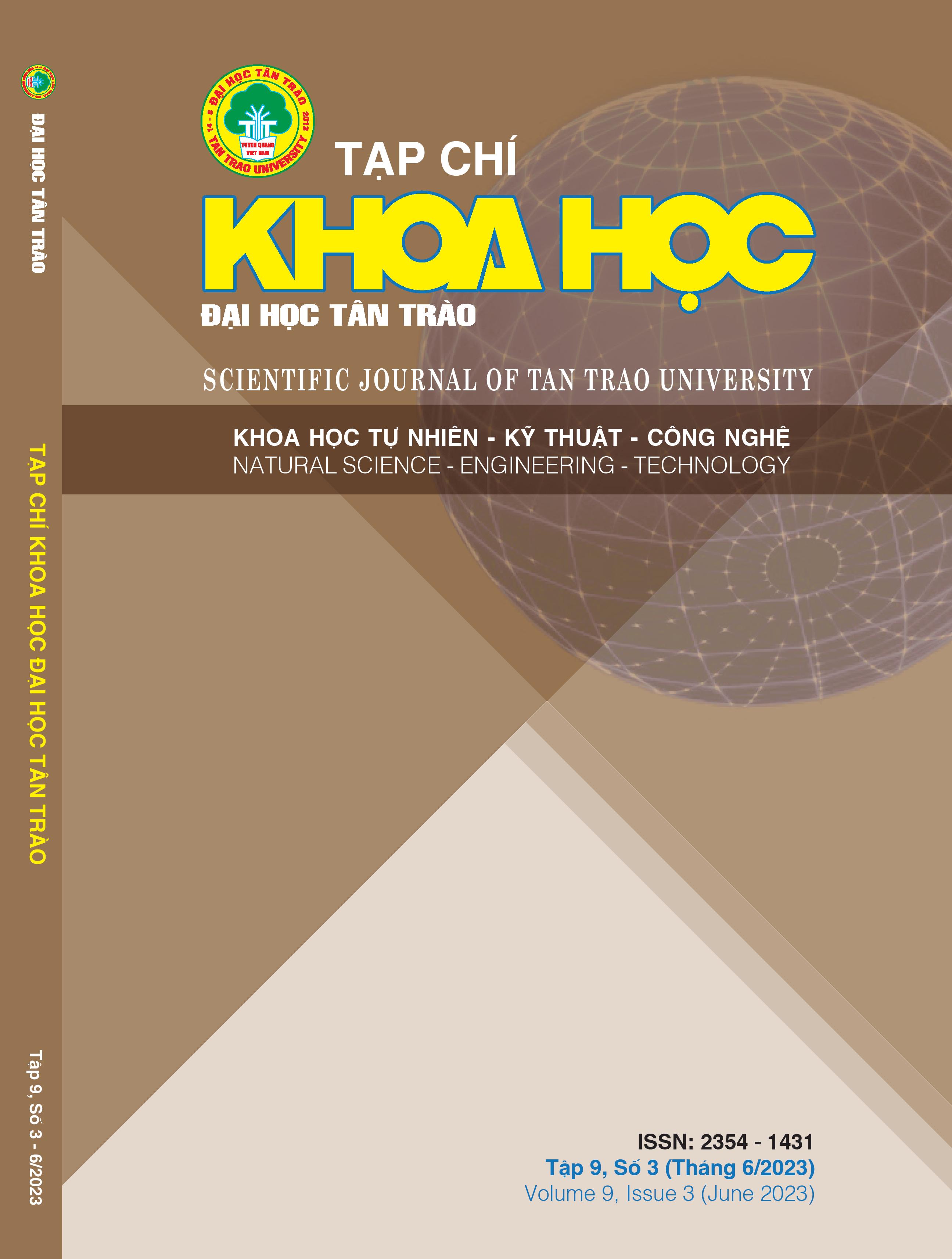RESEARCH ON BUILDING THE SUPPLY WAREHOUSING SYSTEM FOR MID-RANGE AND SMALL ENTERPRISES
DOI:
https://doi.org/10.51453/2354-1431/2023/973Keywords:
Digital transformation, materials and manufacturing enterprises, WMS, warehouse management system, system design analysis.Abstract
For business development in the industrial age and in line with the trend of digital transformation, the introduction of ERP (Enterprise Resource Planning), CRM (Customer Relationship Management), and HRM (Human Resources Management) systems has made partly solve the problem of applying information technology to change business models and support business development. But currently, building WMS (Warehouse Management System) on digital platforms is not suitable for some businesses. This research focuses on analyzing and designing a suitable system for enterprises trading in building materials when they need to manage raw material warehouses and production into products.
Downloads
References
[1] Warehouse Management System (WMS) definition, https://en.wikipedia.org/wiki/H%E1%BB %87_th%E1%BB%91ng_qu%E1%BA%A3n_l%C3%BD_ware
[2] Build a Data Flow Diagram (DFD), https://en.wikipedia.org/wiki/Data-flow_diagram
[3] Daniel Nuwandinda, “Warehouse Management System”, https://www.academia.edu/35399224/WAREHOUSE_STOCK_CONTROL_MANAGEMENT_SYSTEM
[4] Noor Dhia Kadhm Al-Shakarchy, WMS , https://www.ijsr.net/ a archive/v4i10/SUB158963.pdf
[5] DFD diagram hierarchy, https://vietnambiz.vn/so-do-luong-du-lieu-data-flow-diagram-dfd-la-gi-0190909111117996.htm
[6] CRM Sales Management System, https://www.researchgate.net/publication/336568141_CUSTOMER_RELATIONSHIP_MANAGEMENT
[7] ER Entity Relationship Model, https://viblo.asia/p/mo-hinh-quan-he-thuc-the-entity-relationship-model-oOVlYEenl8W
[8] 6 Stages of developing an information system, https://invoice.fast.com.vn/tin-chi-tiet/10085/6-Giai-doan-trong-quy-trinh-phat-trien-mot-he -thong-thong-tin.aspx
[9] Learn what the MVC model is, https://vietnix.vn/tim-hieu-mo-hinh-mvc-la-gi/
Downloads
Published
How to Cite
Issue
Section
License

This work is licensed under a Creative Commons Attribution-ShareAlike 4.0 International License.
All articles published in SJTTU are licensed under a Creative Commons Attribution-ShareAlike 4.0 International (CC BY-SA) license. This means anyone is free to copy, transform, or redistribute articles for any lawful purpose in any medium, provided they give appropriate attribution to the original author(s) and SJTTU, link to the license, indicate if changes were made, and redistribute any derivative work under the same license.
Copyright on articles is retained by the respective author(s), without restrictions. A non-exclusive license is granted to SJTTU to publish the article and identify itself as its original publisher, along with the commercial right to include the article in a hardcopy issue for sale to libraries and individuals.
Although the conditions of the CC BY-SA license don't apply to authors (as the copyright holder of your article, you have no restrictions on your rights), by submitting to SJTTU, authors recognize the rights of readers, and must grant any third party the right to use their article to the extent provided by the license.


